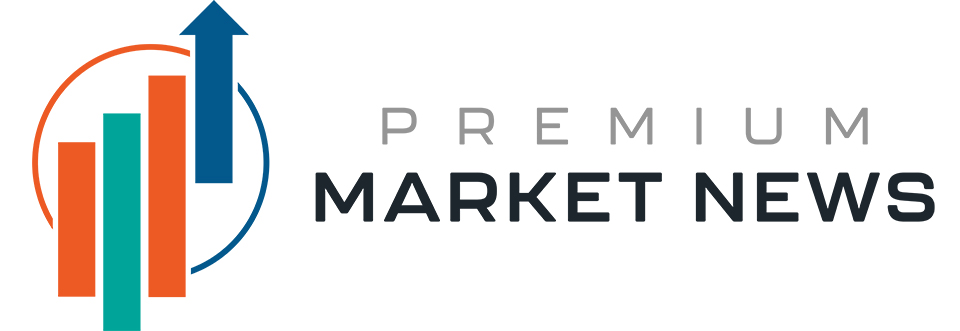Hedge fund billionaire Michael Burry recently made a billion-dollar bet against Palantir and Nvidia, two of the most popular artificial intelligence (AI) stocks.
Hedge fund manager Michael Burry made a billion-dollar bet against subprime mortgage-backed securities during the housing bubble that contributed to the financial crisis in 2008. He persuaded several major banks to create and sell credit default swaps, essentially insurance policies that offer protection against credit events.
Those insurance policies paid out big when the housing bubble burst. Borrowers defaulted on their mortgages en masse, rendering the underlying subprime mortgage-backed securities worthless, and Burry turned an $800 million profit. His story was profiled in the 2010 book The Big Short: Inside the Doomsday Machine, as well as in the 2015 movie The Big Short.
Burry recently shook the market with another big short position, this time betting against two popular artificial intelligence (AI) stocks. His hedge fund (Scion Capital Management) has 66% of its $1.4 billion portfolio in put options on Palantir Technologies (PLTR +1.66%) and another 14% of its portfolio in put options on Nvidia (NVDA +0.03%).
Investors purchase put options when they expect a stock to decline, so Burry is betting over $1 billion that shares of Palantir and Nvidia are headed lower, which is tantamount to a bet against the artificial intelligence boom. Here’s what investors should know.
Image source: Getty Images.
The artificial intelligence (AI) boom echoes the dot-com bubble
The artificial intelligence (AI) boom began in earnest when OpenAI introduced ChatGPT in November 2022. It hit 100 million monthly users within two months, making it the fastest-growing consumer application in history. Since its launch, shares in Palantir and Nvidia have advanced 2,000% and 1,300%, respectively.
Palantir is particularly popular with retail investors, many of whom admire CEO Alex Karp for his criticisms of Wall Street. The company has become a cornerstone of the AI trade since its Artificial Intelligence Platform (AIP) launched in April 2023. Chief Technology Officer Shyam Sankar says Palantir has a key moat in its software architecture, which positions Palantir to uniquely “deliver on AI demand.”
Indeed, revenue growth has accelerated in nine straight quarters since AIP launched. Forrester Research has ranked Palantir as a leader in artificial intelligence and machine learning platforms and AI decisioning platforms. And Dan Ives at Wedbush recently told CNBC that AIP is the “gold standard when it comes to AI use cases.”
Meanwhile, Nvidia has emerged as the industry standard in AI infrastructure. The company is best known for graphics processing units (GPUs), chips called AI accelerators because they speed up training and inference workloads. Nvidia holds more than 90% market share in data center GPUs, but the company has also secured a leadership position in generative AI networking equipment.
Palantir and Nvidia are not the only companies to benefit from the AI trade. The S&P 500 (^GSPC +0.13%) has advanced 75% since the launch of ChatGPT, compounding at 20% annually. That easily tops the average long-term return of 10%, drawing comparisons to the dot-com bubble. “There are obviously echoes of the dot-com bubble in this moment,” hedge fund billionaire Ken Griffin said during a recent interview.
S&P 500 Index
Today’s Change
(0.13%) $8.48
Current Price
$6728.80
Key Data Points
Market Cap
$0B
Day’s Range
$6631.44 – $6730.11
52wk Range
$4835.04 – $6920.34
Volume
3.6B
Avg Vol
0
Gross Margin
0.00%
Dividend Yield
N/A
History says the stock market could decline sharply in the years ahead
In October, the S&P 500 recorded a cyclically adjusted price-to-earnings (CAPE) multiple of 39.5, which was the highest level in a quarter-century. In fact, the index has achieved a monthly CAPE ratio higher than 39 during only one other period in history: the dot-com bubble.
The S&P 500 recorded a CAPE ratio above 39 for 22 consecutive months as the dot-com bubble formed and eventually burst. Unfortunately, the index has almost always performed poorly from such extreme valuations. The chart below shows the S&P 500’s average return after achieving a CAPE multiple above 39.
|
Holding Period |
S&P 500 Average Return After Recording a Monthly CAPE Ratio of 39+ |
|---|---|
|
1 year |
(4%) |
|
2 years |
(20%) |
|
3 years |
(30%) |
Data source: Robert Shiller. CAPE Ratio – cyclically adjusted price-to-earnings ratio.
As shown above, after recording a monthly CAPE ratio above 39, the S&P 500 has declined by an average of 30% during the next three years. Put differently, history says the S&P 500 will fall 30% by late 2028.
Of course, this time could be different — past results are never a guarantee of future returns — but investors would be foolish to completely ignore Michael Burry’s billion-dollar warning. The current market environment warrants caution. That means stay away from absurdly valued stocks and consider building a cash position that will let you capitalize on the next drawdown.
